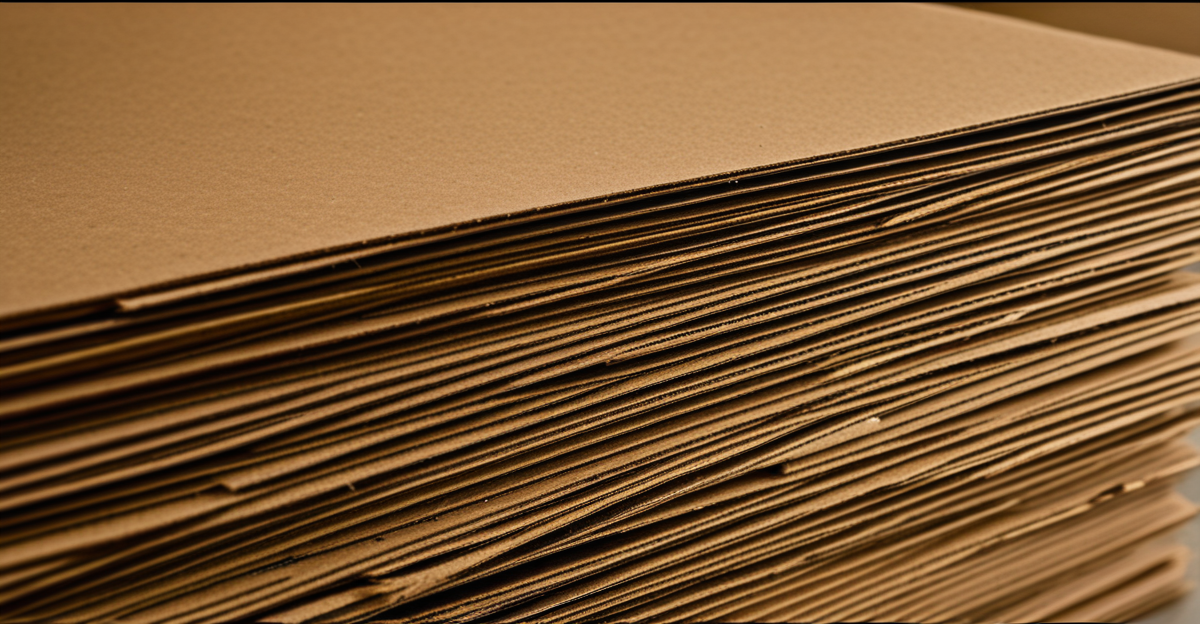Cardboard partitions offer a smart, eco-friendly way to separate spaces while enhancing privacy and style. Lightweight and foldable, these dividers adapt easily to offices, classrooms, or events. Their customizable design and sustainable materials provide practical, versatile solutions for safe shipping and space management. Discover how such innovations blend functionality with environmental responsibility.
Essential Information and Smart Solutions for Cardboard Partitions
After reviewing a diverse selection of cardboard partition solutions, this page: Estic maillot provides an extensive look at types and applications that suit modern demands for flexibility and eco-sensitivity. Cardboard room dividers now play a pivotal role not just in offices and classrooms but also in areas like shipping and events. Common forms include lightweight temporary room separators for pop-up spaces, foldable desk partitions for cost-effective privacy, and durable classroom protective dividers designed with children’s health in mind.
Have you seen this : Mastering predictive analytics: the ultimate uk business guide to boost sales forecast accuracy
Key benefits center on sustainability and versatility. Most partitions are made from recyclable or recycled materials, offering an eco-friendly alternative to plastic or metal dividers. The lightweight design makes assembly and relocation straightforward—ideal for temporary work areas or evolving classroom layouts. Portability matters: these solutions often fold flat or collapse into compact units, aiding storage and lengthening their lifespan.
Durability combines with affordability, making cost-effective room separation feasible for businesses and schools alike. Corrugated material partitions absorb impact, reduce the risk of product or equipment damage, and provide gentle sound dampening in open-plan environments. Many models are reusable—an asset for seasonal events or evolving office designs.
Also read : Harnessing blockchain for revolutionized shipment tracking in uk logistics: unlocking a new era
Environmental and health considerations stand out. Cardboard dividers are typically non-toxic, hypoallergenic, and sourced with a view toward reducing landfill waste. For shipping needs, corrugated box inserts and protective carton dividers safeguard products during transit while enabling effortless recycling at the destination.
Customization spans box sizes, print options, and structural reinforcements, addressing both branding and specific protective needs. Applications now stretch to modular walls for events, compact organizers for homes, and room partitions for enhanced privacy—all benefiting from creative, sustainable design thinking.
Cardboard Partition Features, Benefits, and Customization Options
Cardboard partition advantages stem from their versatile design and eco-conscious construction. At the core, these solutions—ranging from compact space organizers to custom-sized room dividers—use lightweight, recyclable materials. Their foldability and portability allow users to optimize any interior without heavy lifting or permanent alterations. For example, office social distancing barriers can be temporarily installed and easily stored when not needed, making adjustments in open offices or schools seamless.
When discussing customization, custom box partition solutions enable buyers to select finishes, printed designs, and adjust sizes or shapes to fit varied environments. Choose playful patterns for home office privacy solutions or corporate colorways for open-plan workspaces. Printing options empower branding on shipping container partitions, reinforcing identity while providing secure packaging.
Functionality matters for both privacy and efficiency. For example, sound-dampening cardboard panels are valuable in busy working areas, reducing ambient distractions and maximizing privacy with dividers. Adjustable partition dividers can be rearranged quickly, supporting flexible home or office layouts. Many cardboard office divider installation systems are designed for user-friendly assembly, while sustainability benefits appeal to users who prioritize eco-friendly living. These features, coupled with innovative room partition sustainability, make cardboard partitions a practical, adaptable solution for diverse needs.
Assembly Guidance, Practical Use Cases, and Comparative Analysis
Step-by-step assembly and maintenance instructions for cardboard partitions
Start by unpacking your modular cardboard office dividers and ensuring all pieces are present. Partition wall assembly guide steps include connecting interlocking tabs or slots, securing each joint firmly without over-bending to maintain structure, and placing the assembled divider upright. For portable solutions like foldable desk partitions, gently unfold along pre-scored lines and fit into designated stands or desk clamps following desk divider installation tips. Maintenance is simple: avoid prolonged contact with moisture, dust regularly with a dry cloth, and inspect for wear, particularly at fold points. When not in use, multipurpose cardboard dividers can be collapsed and stored flat, ensuring longevity.
Practical applications: from shipping fragile goods to educational and office settings
Protective packaging dividers excel in shipping environments: they slot into cartons to separate and cushion fragile items—essential for glassware, electronics, or lab samples. In offices, modular cardboard office dividers serve as room dividers or office desk shields, enabling privacy and aiding space optimization. Educational environments benefit from crafting with cardboard partitions, constructing temporary barriers for group activities or exam setups, and making use of environmental benefits of cardboard partitions for sustainable learning spaces.
Comparison to alternative partition materials and summary of environmental impact
Compared to plastics or metal, cardboard partition advantages stand out: lightweight construction, adaptability, and superior recyclability. Multipurpose cardboard dividers minimize waste, often made with recycled content, supporting eco-friendly initiatives. Environmental benefits of cardboard partitions extend to reduced carbon footprint and ease of disposal, outperforming many synthetic alternatives as detailed in innovations in cardboard partition design.


